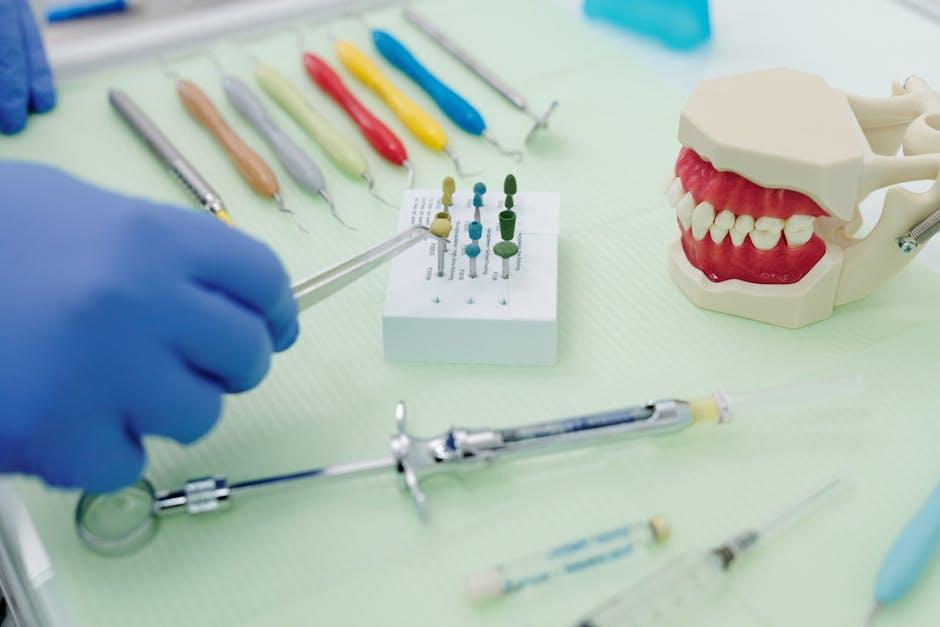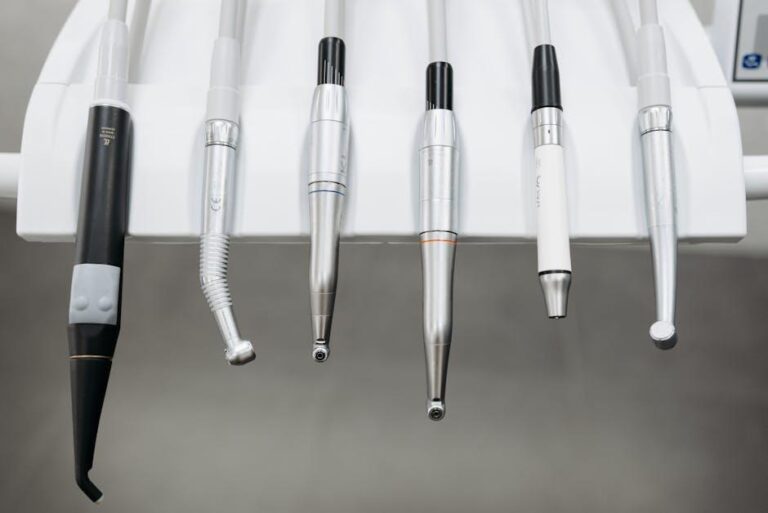
Expert Strategies Unveiled to Tackle Fractured Instruments in Dental Procedures – EurekAlert!
Dental procedures, especially endodontic treatments like root canals, pose many challenges — one of the most stressful being fractured instruments lodged inside the root canal system. Fractured dental instruments can complicate treatment, delay procedures, and affect patient outcomes if not managed properly.
Recently, groundbreaking expert strategies have been unveiled through leading scientific platforms such as EurekAlert!, offering practical, innovative, and efficient methods to address this common yet critical issue. This article explores these expert solutions to tackle fractured instruments in dental procedures, ensuring dental professionals are equipped with the knowledge and skills to maintain high standards of patient care.
Understanding Fractured Instruments in Dental Procedures
Fractured instruments, predominantly files and reamers used in root canal therapy, can break and become stuck inside the root canal or other dental structures. This can occur due to the complex anatomy of root canals, excessive force, or repeated use of endodontic tools.
Common causes of dental instrument fracture include:
- Instrument fatigue due to repeated sterilization and use
- Excessive torque or pressure during canal instrumentation
- Complex or curved root canal anatomy
- Manufacturing defects or poor instrument quality
- Inadequate visualization or improper technique
Understanding these factors is essential for prevention and proper management once fracture occurs.
Why Managing Fractured Instruments Matters
The presence of a fractured instrument inside a canal can:
- Block complete cleaning and shaping of the root canal
- Increase risk of persistent infection and treatment failure
- Cause patient discomfort and anxiety during prolonged procedures
- Lead to complicated surgical interventions if retrieval fails
- Affect the practitioner’s reputation and patient trust
Thus, prompt and efficient management of fractured instruments is a priority in modern dental practice.
Expert Strategies to Tackle Fractured Instruments
Researchers and clinicians featured on EurekAlert! have highlighted several advanced strategies and tools to manage instrument fractures effectively.
1. Ultrasound-Assisted Retrieval Techniques
Ultrasonic tips are widely recognized for their ability to vibrate and loosen fractured fragments without excessive dentin removal. They improve visibility and allow controlled navigation around the fractured segment.
2. Micro-Tube and Loop Systems
Using micro-tubes and loop devices allows the clinician to engage and carefully extract broken files with minimal damage to the canal walls. These mechanical retrieval tools offer precision and control.
3. Advanced Magnification and Illumination
High-powered dental operating microscopes combined with co-axial fiber optic lighting provide enhanced visualization of the fractured fragment, increasing retrieval success rates.
4. Controlled Use of Chemical Agents
Specialized irrigants such as EDTA and sodium hypochlorite help soften dentin and dissolve organic debris, facilitating easier instrument removal.
5. Minimally Invasive Surgical Approaches
In cases where nonsurgical retrieval fails, microsurgical techniques guided by CBCT imaging provide an alternative to access and remove fractured fragments while preserving surrounding tissues.
Practical Tips for Dental Professionals
- Prevention first: Utilize high-quality instruments and avoid excessive reuse.
- Adopt gentle instrumentation: Minimize torque and carefully assess canal anatomy before treatment.
- Stay updated: Regularly train in latest retrieval techniques and equipment.
- Use magnification: Employ microscopes and loupes for better visualization.
- Communicate with patients: Explain potential complications early to maintain trust.
- Document everything: Keep detailed records of instrument use and any complications.
Case Studies: Success with Modern Retrieval Techniques
Several case studies highlighted on EurekAlert! demonstrate the efficiency of these techniques in real-world clinical scenarios.
| Case | Instrument Type | Method Used | Outcome |
|---|---|---|---|
| Case 1 | Nickel-titanium File | Ultrasound + Microscope | Complete retrieval, no canal damage |
| Case 2 | Stainless Steel Reamer | Micro-Tube Loop System | Successful extraction in 15 minutes |
| Case 3 | Hand File Tip | Minimally Invasive Surgery | Fragment removal with bone preservation |
| Case 4 | NiTi Rotary File | Ultrasound + EDTA Irrigation | Effective removal, quick healing |
Benefits of Implementing Expert Strategies
Incorporating these advanced strategies offers multiple advantages:
- Higher success rates: Increased likelihood of complete fractured instrument removal.
- Preservation of tooth structure: Minimally invasive methods avoid excessive dentin loss.
- Reduced patient discomfort: Faster and more efficient procedures.
- Improved clinical confidence: Dentists can manage complications effectively.
- Enhanced practice reputation: Delivering superior patient care strengthens trust.
Conclusion
Fractured instruments in dental procedures present a significant challenge but one that can be effectively managed with current expert strategies and tools. The innovations and techniques unveiled via EurekAlert! highlight a path forward for dental professionals seeking safe, efficient, and patient-centered approaches.
By combining prevention with cutting-edge retrieval methods like ultrasound-assisted techniques, enhanced magnification, and minimally invasive surgery, dentists can successfully navigate instrument fractures and improve overall treatment outcomes. Staying informed and adopting these expert strategies ensures your dental practice remains at the forefront of quality care and patient satisfaction.
If you want to learn more about managing fractured instruments or want to incorporate these strategies into your practice, follow trusted dental research updates and professional training programs regularly.


